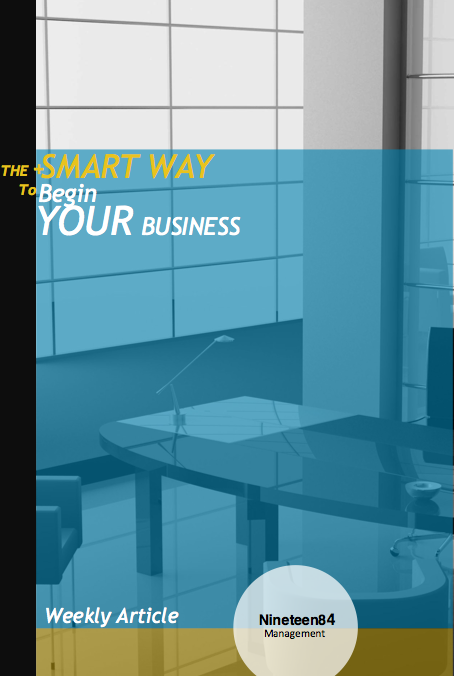
The worst interruptions of all are meetings. Here’s why:
They’re usually about words and abstract concepts, not real things.
They usually convey a terribly small amount of information per minute.
They require thorough preparation that most people don’t have time for.
They frequently have agendas so vague that nobody is really sure of the goal.
They often include at least one moron who inevitably gets his turn to waste everyone’s time with nonsense.
Meetings procreate. One meeting leads to another meeting leads to another…
It’s also unfortunate that meetings are typically scheduled like TV shows. You set aside thirty minutes or an hour because that’s how scheduling software works (you’ll never see anyone schedule a seven-minute meeting with Outlook), Too bad! If it only takes seven minutes to accomplish a meeting’s goal, then that’s all the time you should spend. Don’t stretch seven into thirty.
When you think about it, the true cost of meetings is staggering. Let’s say you’re going to schedule a meeting that lasts one hour, and you invite ten people to attend. That’s actually a ten-hour meeting, not a one-hour meeting. You’re trading ten hours of productivity for one hour of meeting time. And it’s probably more like fifteen hours, because there are mental switching costs that come with stopping what you’re doing, going somewhere else to meet, and then resuming what you were doing beforehand.
Is it ever OK to trade ten or fifteen hours of productivity for one hour of meeting? Sometimes, maybe. But that’s a pretty hefty price to pay. Judged on a pure cost basis, meetings of this size quickly become liabilities, not assets. Think about the time you’re actually losing and ask yourself if it’s really worth it.
We Said This: If you decide you absolutely must get together, try to make your meeting a productive one by sticking to these simple rules:
– Set a timer. When it rings, meeting’s over.
– Invite as few people as possible.
– Always have a clear agenda.
– Begin with a specific problem.
– Meet at the site of the problem instead of a conference room. Point to real things and suggest real changes.
– End with a solution and make someone responsible for implementing it.


